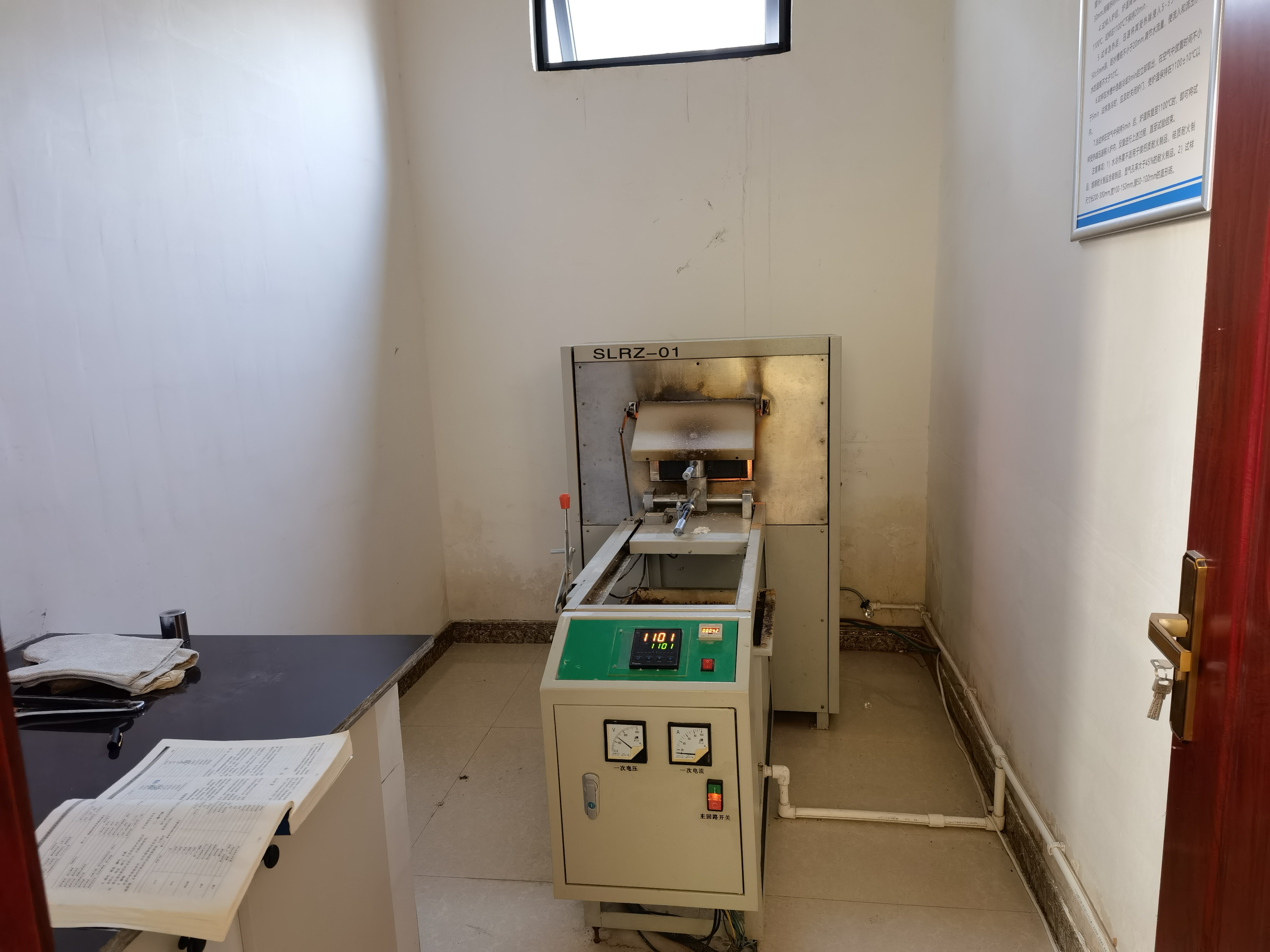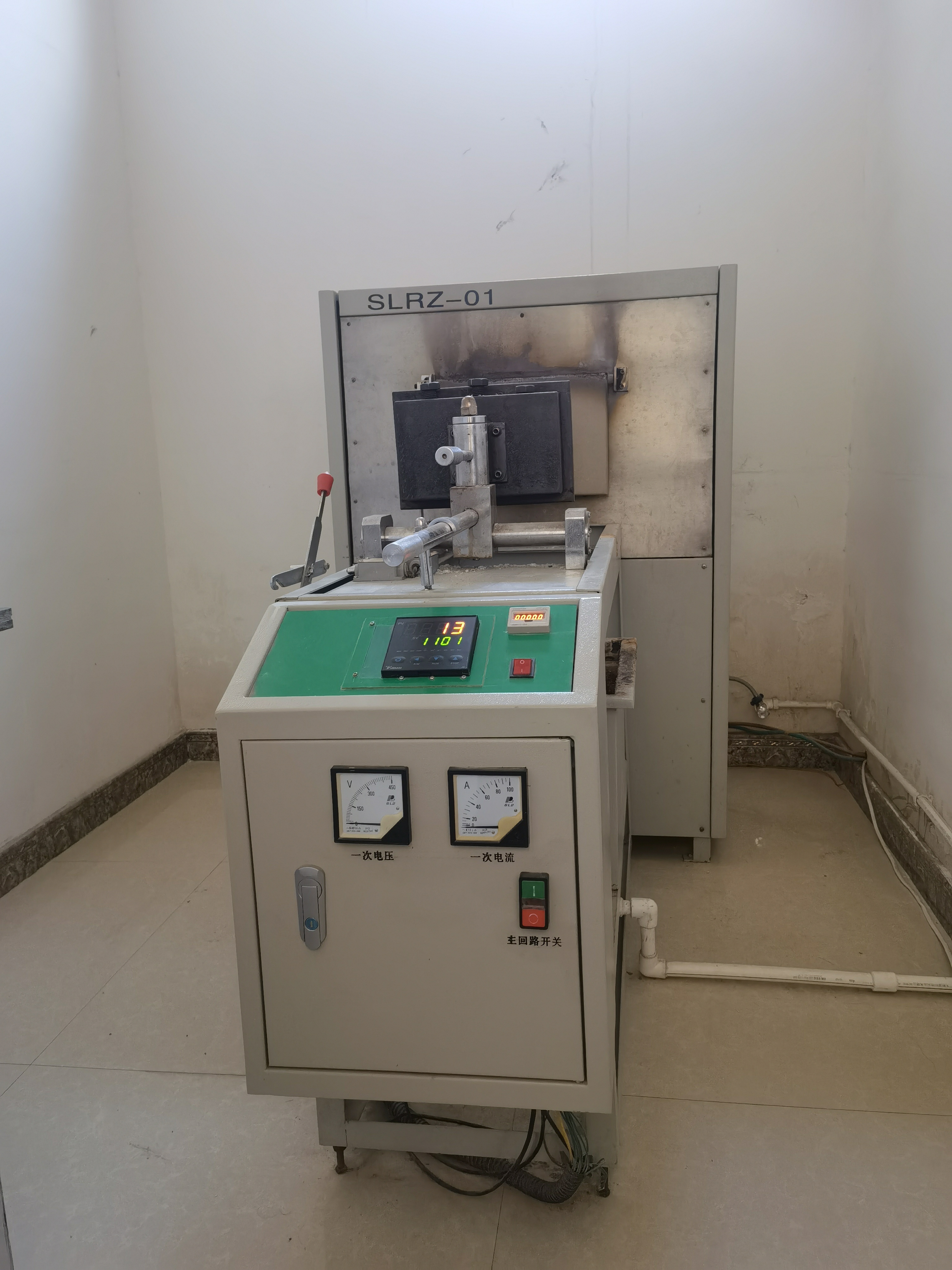Thermal Shock Resistance Test
Operating Procedures for Thermal Shock Resistance Test
Objective: To detect the resistance performance of refractory products to damage caused by sharp changes in temperature.
Operating steps:
1. Sample drying: To dry the sample to a constant amount at 110±5℃ or the allowable higher temperature.
2. Sample loading: To mount the sample on the sample holder, with a maximum of 3 pieces at a time. To make the spacing between samples not less than 15mm. To ensure that the sample is of 50mm long for each section, in order to withstand quick cooling and rapid heating.
3. To quickly move the sample into the chamber of the furnace after preheating the furnace to 11100±10℃ and preserving heat for 15min. The distance between the heating end face and the inner side of the furnace opening shall be 50±5mm, and the distance between the heating end face and the surface of the heat element shall not be less than 30mm. To use heat insulating materials to block the gap between the sample and the furnace opening in a timely manner.
4. After the sample is put into the furnace, the furnace temperature shall be reduced by no more than 50℃, and shall be restored to 1100℃ within 5min. To keep the sample at 1100℃ for 20min.
5. After the sample is heated quickly, to immerse its heated end in the flowing water at 5-35℃ to the depth of 50±5mm, and the distance from the bottom of the water tank shall be not less than 20mm. To adjust the water flow, so that the temperature difference between the water flowing into and out of the water tank is not more than 10℃.
6. To take out the sample immediately after being rapidly cooled in the water tank for 3min, and to place it in the air for at least 5min. When the sample is rapidly cooled, the furnace opening shall be closed in time to keep the furnace temperature within 1100±10℃.
7. When the furnace temperature is restored to 1100℃ after the sample is kept in the air for 5min, to quickly move the heated end of the sample into the furnace, to repeat the above process until the test is completed.
Note: 1) The water cooling thermal shock is not suitable for magnesia-calcia refractory products, siliceous refractory products, fused cast refractory products and carbon containing products, as well as refractory products with apparent porosity greater than 45%. 2) The sample size is standard size brick of 200-300mm long, 100-150mm wide, and 50-100mm thick.
Previous page
Next page




